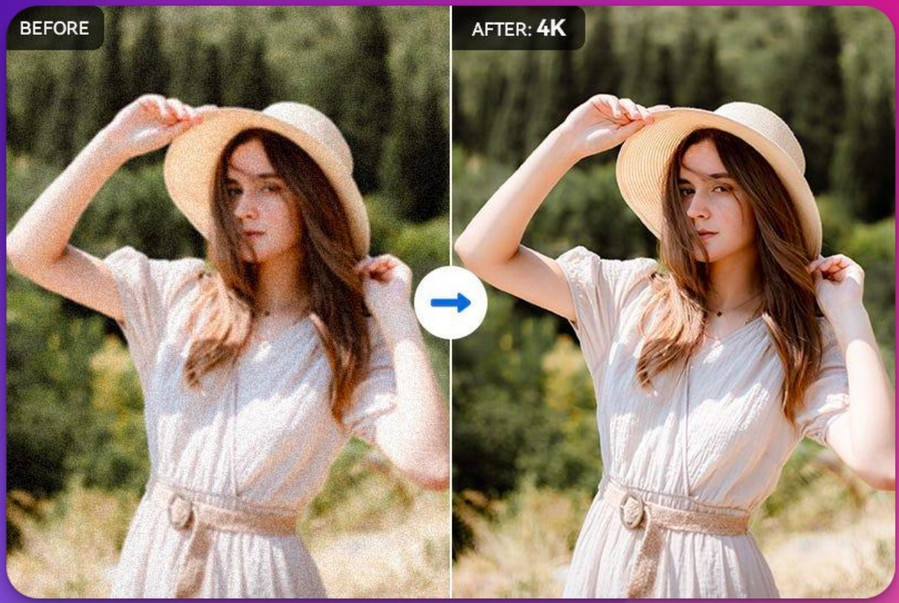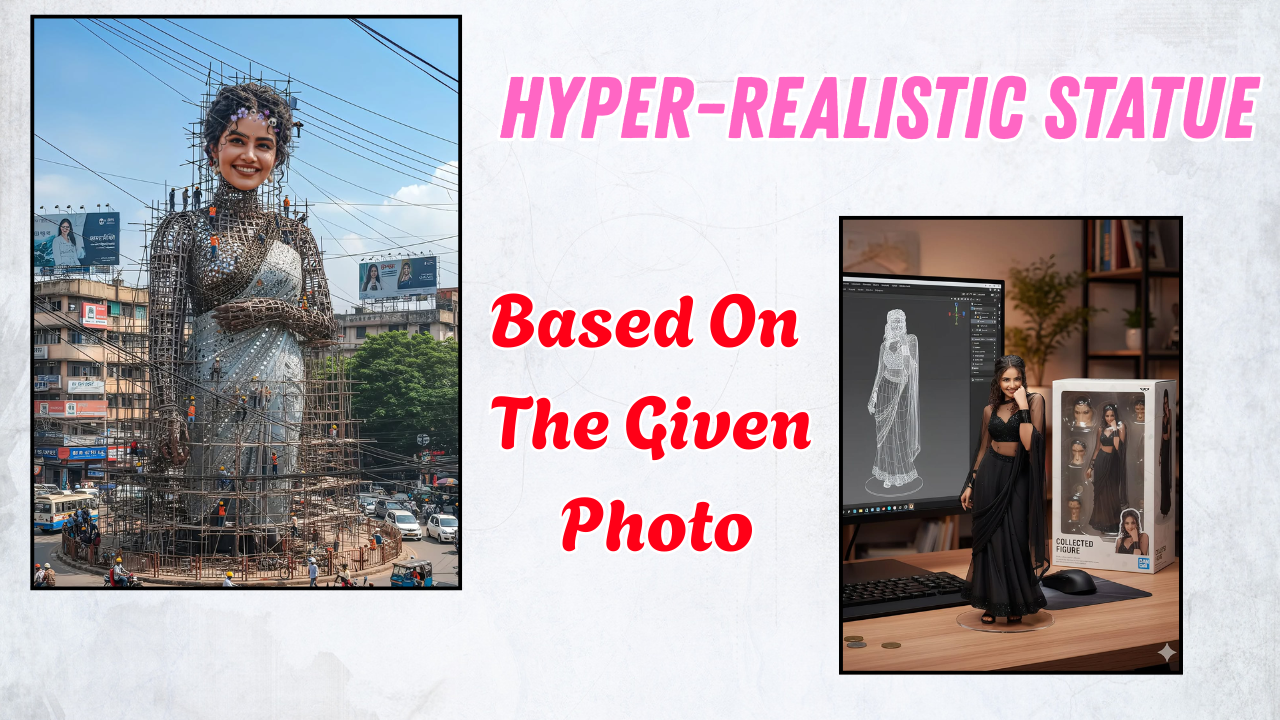In the age of digital photography and high-definition screens, the quest for crystal-clear images has never been more critical. Enter Ultra HD photo enhancement—a technology that takes your ordinary photos and elevates them to new levels of clarity and detail. But what exactly is this enhancement, and why should you care about it? Let’s dive into the world of Ultra HD 4x and 16x photo enhancement and discover how it can transform your images.
Understanding Ultra HD 4x and 16x Photo Enhancement
Ultra HD photo enhancement refers to techniques that upscale the resolution of an image, making it appear sharper and more detailed. The “4x” and “16x” descriptors denote the factor by which the image’s resolution is increased. For instance, a 4x enhancement quadruples the original image size, while a 16x enhancement increases it 16 times. These enhancements are achieved using sophisticated algorithms and machine learning models that analyze and reconstruct the image at a higher resolution. By predicting and filling in the missing details, these techniques can produce images that look as if they were captured at the higher resolution initially.
Key Differences Between 4x and 16x Enhancement
The primary difference between 4x and 16x enhancement lies in the level of detail and sharpness. While 4x enhancement can significantly improve image clarity, 16x enhancement offers an even finer level of detail, which is particularly useful for large prints or high-resolution displays. Artificial Intelligence (AI) and machine learning are at the heart of Ultra HD photo enhancement. These technologies use complex algorithms to analyze images, identify patterns, and predict details that are not present in the original picture. By training on vast datasets, AI can enhance images with remarkable precision. Algorithms play a crucial role in scaling images. They work by interpolating pixel data to create new pixels that fit the enhanced image size. Advanced algorithms can preserve edges and details, reducing the risk of artifacts and blurring.
The Science of Pixel Restoration
Pixel restoration is the process of reconstructing the details of an image at a higher resolution. This involves estimating and adding details that are missing or unclear in the original image, resulting in a more refined and clearer picture. For personal use, Ultra HD enhancement can turn cherished family photos into high-quality prints or digital keepsakes. Whether you’re preserving old memories or improving recent snaps, this technology can make your photos look stunning. In the professional realm, photographers and media professionals use Ultra HD enhancement to ensure their work is presented in the highest possible quality. This is crucial for high-profile projects, publications, and advertisements where every detail counts.
Scientific and Medical Uses
In science and medicine, Ultra HD enhancement can be used to analyze detailed images from research or medical imaging. This technology helps in identifying finer details that can be crucial for accurate diagnosis and analysis. One of the most significant benefits of Ultra HD photo enhancement is the improved image quality. By increasing resolution and detail, your photos will appear sharper and more vibrant. With enhanced detail, even the smallest features of an image become more visible. This is particularly useful for close-up shots or images with intricate details. Higher resolution images are better suited for printing and displaying on large screens. This means you can enjoy high-quality prints and crystal-clear displays without worrying about pixelation.
Challenges and Limitations
While enhancement technology is powerful, there’s a risk of over-enhancement, where the image might start to look unnatural or overly processed. It’s essential to find the right balance to maintain a natural appearance. Maintaining a natural look while enhancing photos can be challenging. It’s crucial to use enhancement tools that preserve the authenticity of the original image. Ultra HD photo enhancement requires significant computational power. This can be a limitation for users with less powerful hardware or those using free tools with limited capabilities. 4x enhancement is ideal for improving image quality while keeping file sizes manageable. It’s suitable for most everyday uses, including social media posts and casual prints.
When to Use 16x Enhancement
16x enhancement is best for situations where maximum detail and clarity are required. This includes large-format prints, high-resolution displays, and professional work where every detail matters. Choosing the right enhancement level depends on several factors, including the intended use of the image, the original quality of the photo, and the desired output resolution. Several tools and software offer Ultra HD photo enhancement capabilities. Some of the leading options include Adobe Photoshop, Topaz Gigapixel AI, and Let’s Enhance. Each tool offers different features and benefits, so it’s essential to explore your options. When choosing a photo enhancement tool, consider factors such as ease of use, processing speed, and the quality of the enhancement. Comparing features and user reviews can help you make an informed decision.





